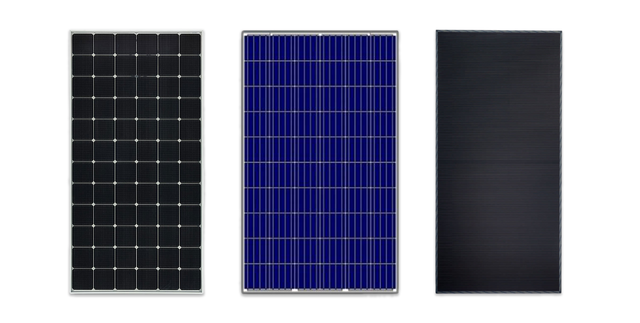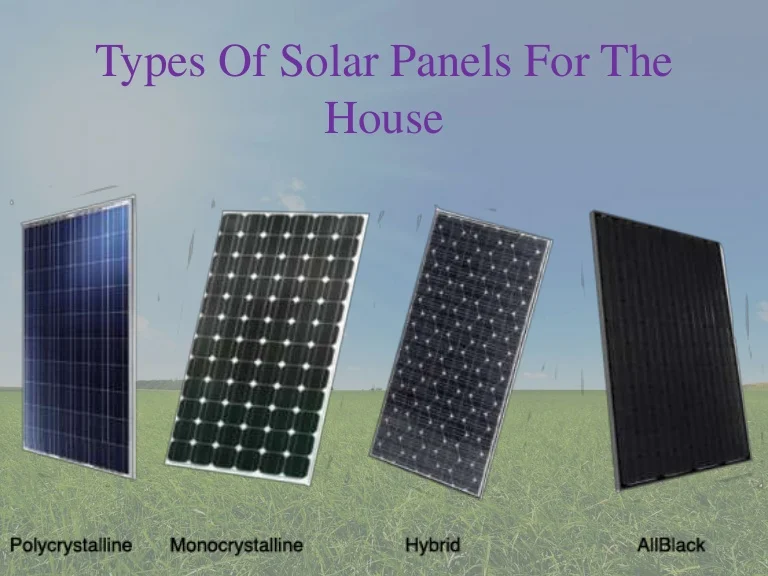What Does Solar Systems Mean?
The Main Principles Of Solar Systems
Table of ContentsLittle Known Facts About Solar Systems.Solar Systems Things To Know Before You Get ThisSome Known Details About Solar Systems The Single Strategy To Use For Solar Systems
There are 3 different kinds of photovoltaic panels: monocrystalline, polycrystalline, and slim film. Monocrystalline solar panels are very efficient and have a streamlined design, but come at a greater cost factor than other solar panels. Polycrystalline photovoltaic panels are less costly than monocrystalline panels, nonetheless, they are less reliable and also aren't as cosmetically pleasing.Nowadays, there are a number of selections of monocrystalline solar panels on the market to select from., are becoming a significantly preferred monocrystalline choice.
Because monocrystalline solar batteries are constructed from a solitary crystal of silicon, electrons are able to quickly flow throughout the cell, enhancing total efficiency. Not only do monocrystalline panels have the highest possible effectiveness scores, they usually also have the highest possible power capability ratings. Most monocrystalline panels on the marketplace today will have a power result rating of at the very least 320 watts, however can go up to around 375 watts or greater!.
Because polycrystalline cells have numerous silicon cells, the electrons can not move as conveniently and as an outcome, decrease the performance of the panel. The reduced performance of polycrystalline panels likewise suggests they have a tendency to have a lower power outcome than monocrystalline panels, usually varying in between 240 watts and 300 watts.
The Solar Systems Ideas
4% effectiveness With slim film cell prototypes. In order to fulfill your power requires, you would certainly require to mount even more thin film panels over a big location to generate the exact same amount of electrical power as crystalline silicon solar panels. This is why slim movie solar panels do not truly make feeling for residential installments where space is restricted.
The temperature level coefficient tells you just how much the power output will certainly lower by for each 1 * C over 25 * C the panel obtains. The typical temperature level coefficient for mono and polycrystalline panels commonly falls someplace between -0. 3% as well as -0. 5% per * C. Thin movie panels on the other hand, are around -0.
In fact, with some slim movie panels, it's hard to also see the specific cells within the panel. They likewise often tend to have much less electrical wiring and busbars, indicating there's less white area. Nonetheless, due to the fact that they are so ineffective, you would need to cover your entire roof in slim movie panels - which may or may not be your design.
/types-of-solar-panels-pros-and-cons-5181546_finalcopy-93f1db65349840bdba2822f75fa592f9.jpg)
Some makers have worked around this with black packing or forming the cells differently, but these aesthetic changes can influence both the rate and performance of the panels. In general, monocrystalline panels still look sleek, yet they're a little bit more pronounced than slim movie panels. solar systems. The process in which polycrystalline solar batteries are manufactured triggers the cells to have a blue, marbled look.
How Solar Systems can Save You Time, Stress, and Money.
If you get on a limited spending plan, polycrystalline panels may make even more feeling for you. We do not recommend thin film solar panels for property installments - their efficiency as well as toughness don't make the low cost worth it, and it's not likely you'll have almost adequate area to set up the number of thin movie panels you would need to cover look here your house electrical energy use.
Since they are made from pure silicon, they can be readily determined by their dark black color. The usage of pure silicon also makes monocrystalline panels the most space-efficient as well as longest-lasting among all three photovoltaic panel kinds. This comes at a cost a great deal of silicon is thrown away to produce one monocrystalline cell, in some cases reaching over 50%. solar systems.

Amorphous silicon panels (A-Si) acquire their name from their unformed nature. Unlike mono-and polycrystalline solar cells, the silicon is not structured on useful site the molecular degree.
The Basic Principles Of Solar Systems
$0. 32-$0. 65 $1 $1. 50 $0. 70 $1 $0. 60 $0. 70 $0. 50 $0. 60 $0. 43 $0. 50 Note that these figures don't include the expense of installation and labor. With labor and other overhanging elements, the overall can rise to $2. 50 to $3. 50 per watt.

This implies that thin-film panels can be an excellent alternative for hotter atmospheres or areas that experience more sunlight throughout the year. The updated International Building regulations of 2012 needs photovoltaic panels to match the fire rating of the roofing where they are mounted. This is to make certain that the modules do not accelerate the spread of flames in case of a fire.